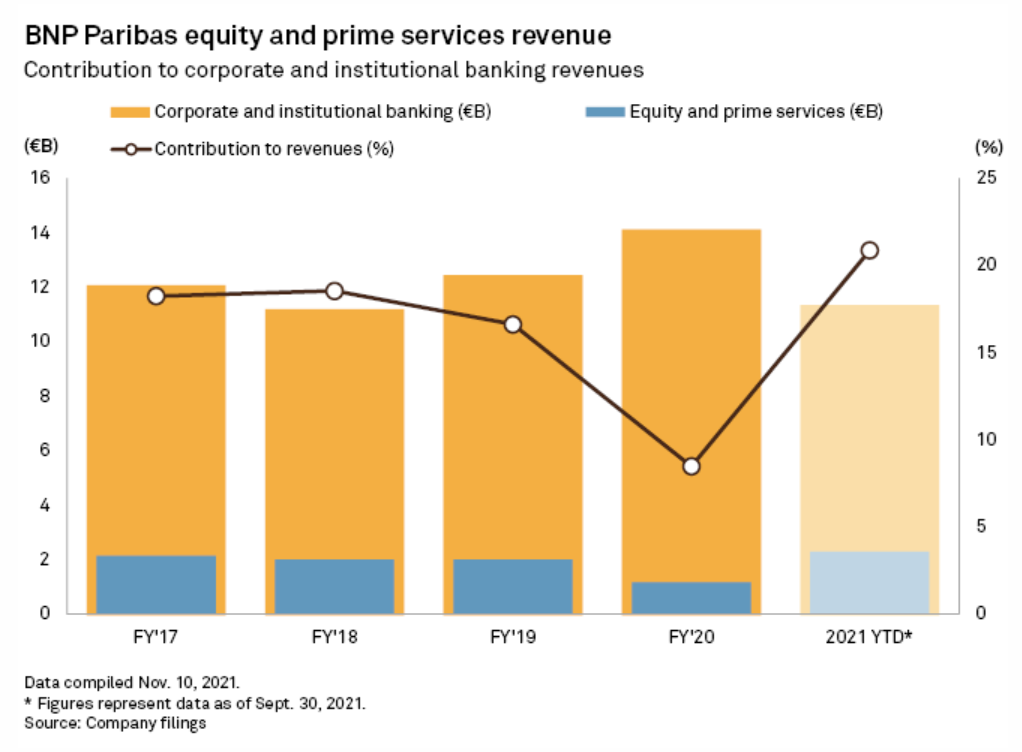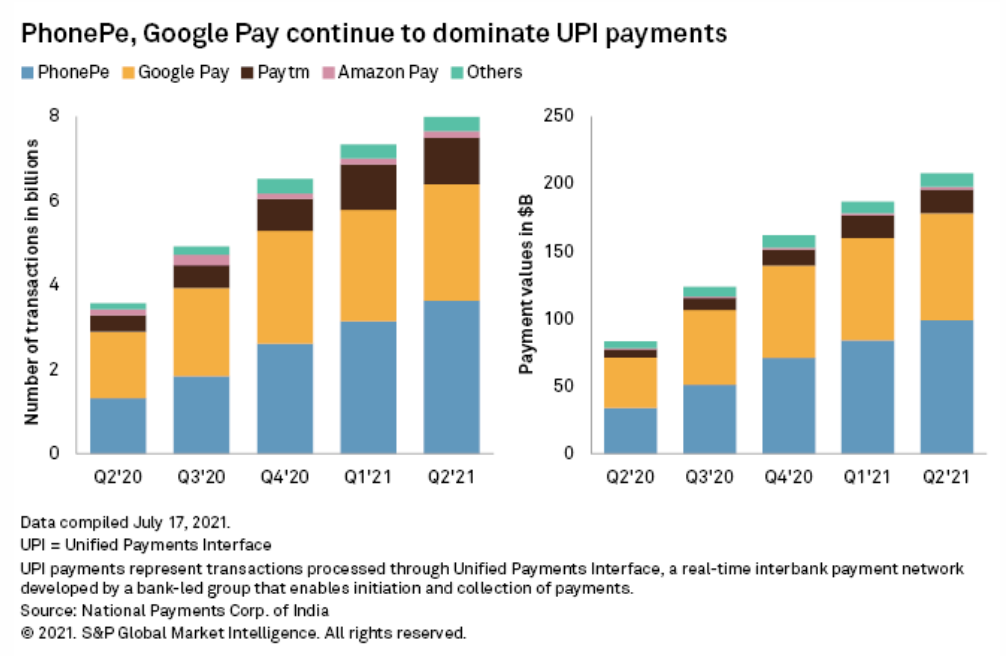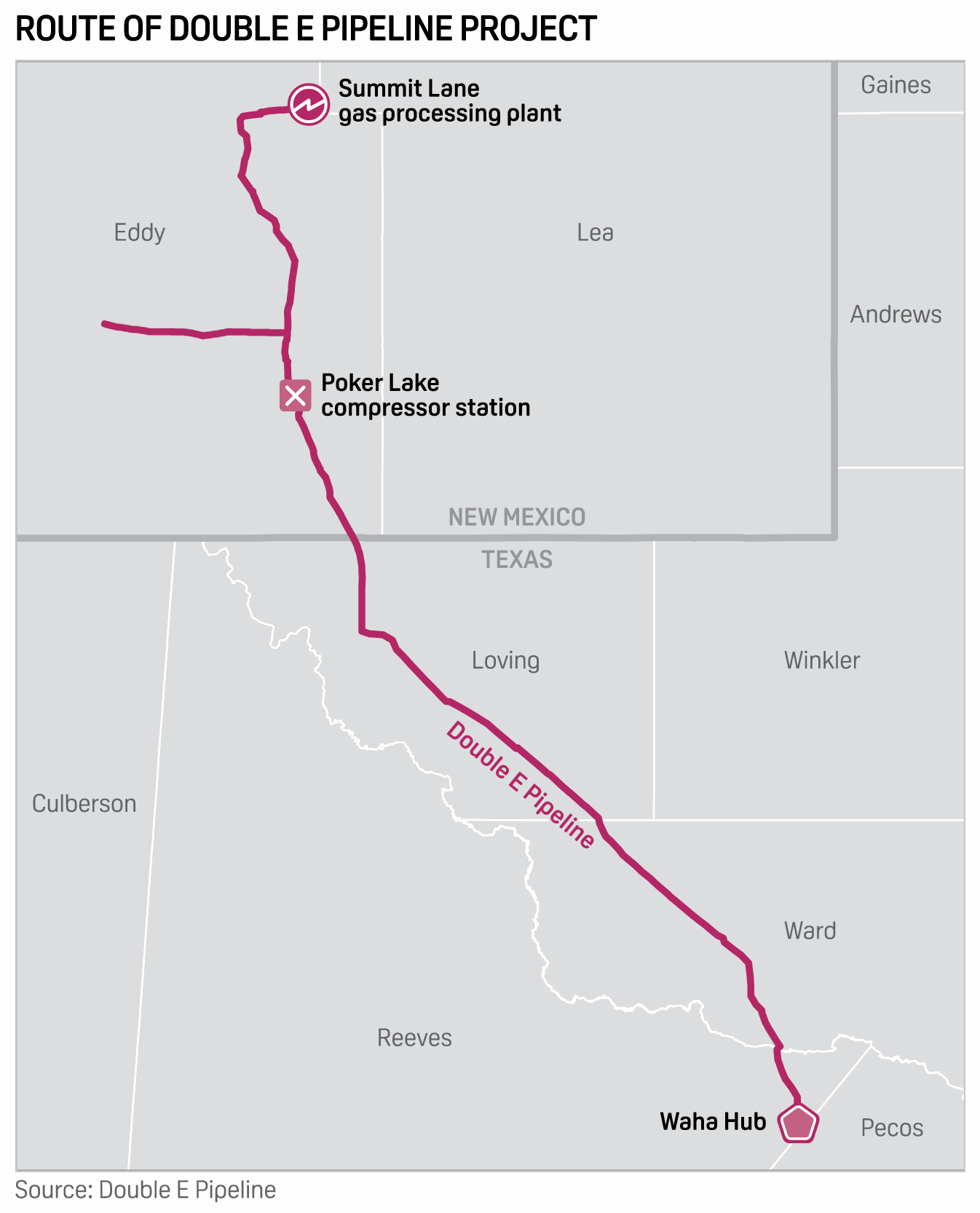S&P Global Offerings
Featured Topics
Featured Products
Events
S&P Global Offerings
Featured Topics
Featured Products
Events
S&P Global Offerings
Featured Topics
Featured Products
Events
Featured Products
Ratings & Benchmarks
By Topic
Market Insights
About S&P Global
Corporate Responsibility
Diversity, Equity, & Inclusion
Investor Relations
Featured Products
Ratings & Benchmarks
By Topic
Market Insights
About S&P Global
Corporate Responsibility
Diversity, Equity, & Inclusion
Investor Relations
S&P Global Offerings
Featured Topics
Featured Products
Events
Language
S&P Global — 17 Nov, 2021 — Global
By S&P Global
Start every business day with our analyses of the most pressing developments affecting markets today, alongside a curated selection of our latest and most important insights on the global economy.
Many world leaders considered the 26th U.N. Climate Change Conference in Glasgow, known as COP26, to be the last best chance for the international community to commit to combating climate change and limit global warming to between 1.5 and 2 degrees Celsius. The conference, which concluded Nov. 12 after two weeks of deliberations, covered climate finance, the energy transition from fossil fuels, the potential for a powerful hydrogen economy, green free trade, and how countries can align their economic and climate goals. The actual outcomes of COP26 appear to be ambitious, but not aggressive enough—emerging as stepping stones on the path to achieving net zero.
“There is ample supply of financing to tackle the economic impact of climate change, but the world currently lacks the means of getting that money where it’s needed. This means that coordinated action is necessary between the public and private sector to finance the transition and map a new approach to funding and financing climate-friendly projects,” S&P Global Sustainable1 said in a recent report on the need for climate finance following COP26. “Financial institutions representing trillions of dollars have committed to tackle climate change but getting that money to the right place remains a huge challenge. Public policies and private financing must converge to get money flowing into sustainable finance.”
Ahead of the critical talks and against a backdrop of insufficient climate progress, companies and countries alike accelerated their ambitious decarbonization targets to levels still short of global temperature goals. During COP26, India’s Prime Minister Narendra Modi set the fossil fuel-dependent economy’s first-ever climate goals for 2030 and 2070, Nigeria pledged 2060 as its net-zero target, the U.S. assured its determination to enact sweeping climate policy, and 90 economies became signatories to an international pledge to reduce methane emissions. Companies’ carbon neutrality commitments abounded, alongside calls to action for mandatory disclosures and corporate transparency.
Toward the end of the conference, the U.N. revealed that recent 2030 climate commitments aren’t staunch enough to cut emissions by the approximately 50% needed in the next decade to put the world on track for a 1.5 C pathway. With the threat of climate catastrophe, more climate action is needed.
Major milestones marked a successful meeting. More than 20 countries signed onto the Clydebank Declaration to develop at least six green shipping corridors between ports by 2025. Over 110 leaders in countries accounting for more than 86% of the world's forests, committed to stopping and reversing forest loss and land degradation by 2030. Western economies pledged approximately $8.5 billion in the next five years to help South Africa phase coal out of its energy mix, and major coal crusaders like Ukraine, Poland, and Vietnam said they’d kiss the dirtiest fossil fuel goodbye. Notably, approximately 200 nations made a landmark agreement to phase unabated coal-fired power plants and most fossil fuel subsidies out of their energy mixes, and that they’d bring more encompassing emission reduction targets to the international stage in a year.
“A few years ago, if anyone was really talking seriously about large global banks making net-zero carbon commitments … it would have been seen as quite fringe or radical,” James Vaccaro, executive director of the Climate Safe Lending Network, which works to align international bank lending with the Paris Agreement, told S&P Global Sustainable1’s ESG Insider podcast. “Once you do have people in the tent … you want to move very quickly from a situation of normalized best practice into raising the bar for everyone.”
Today is Wednesday, November 17, 2021, and here is today’s essential intelligence.
Failure To Replace Discontinued LIBOR Settings Could Lead To Issue Credit Rating Actions

With many non-dollar LIBOR settings set to be discontinued on Dec. 31, 2021, S&P Global Ratings is looking at so-called "tough legacy" debt issues for which no successor interest rate benchmark is clearly identified.
—Read the full report from S&P Global Ratings
Can Equal Weight ESG Indices Pull Their Weight?

Research has shown that equally weighted indices have historically posted long-term outperformance over their benchmarks—largely driven by their exposures to small size and value along with associated risk premia, in addition to a healthy dose of concentration reduction.
—Read the full article from S&P Dow Jones Indices
BNP Paribas Bolsters Prime Services Push With Credit Suisse Deal

BNP Paribas SA's prime brokerage referral agreement with Credit Suisse Group AG marks another step toward the French banking group's goal of becoming Europe's top provider in the segment. Credit Suisse clients will be able to shift their business to BNP Paribas via a streamlined process as part of an agreement announced Nov. 8 by the banks.
—Read the full article from S&P Global Market Intelligence
Strong Interest Income Tips The Scale For Digital Banks In Europe, Asia
Digital banking, at its core, remains a balance sheet-driven business, and profitability hinges on the entity's ability to operate a sustainably profitable lending franchise. Maintaining high user engagement will be key in driving further growth.
—Read the full article from S&P Global Market Intelligence
U.K. Banks Poised To Move Into Buy-Now, Pay-Later Sector When Regulation Kicks In
More U.K. banks are expected to move into the fast-growing buy-now, pay-later, or BNPL, sector as upcoming regulation is set to ease concerns about reputational risk. BNPL, which gives customers the option to pay for goods and services using short-term, interest-free credit as long as they make full repayment on time, represents a relatively small slice of transaction value in the U.K. e-commerce market, but it is rapidly gaining momentum.
—Read the full article from S&P Global Market Intelligence
Singapore Banks Sail Steady As Fees, Loans Growth Offset Low Interest Margins
Growing fee income and possible write-backs of prior provisions for bad loans will help Singapore's major banks maintain their earnings momentum through the rest of the year. Interest margins, however, are likely to take longer to recover as global central banks keep monetary policy settings easy to support economic growth.
—Read the full article from S&P Global Market Intelligence
U.S. Big Techs Cracking Mobile Payments Code In India's $1 Trillion Market

Payment apps either owned or backed by U.S.-based companies continue to dominate mobile payments in India. S&P Global Market Intelligence's 2021 India Mobile Payments Market Report discusses how large U.S. technology firms are increasingly at the center of consumers' financial interactions by leveraging India's banking infrastructure for payments.
—Read the full article from S&P Global Market Intelligence
HBO Max Prospects Strong In Nordics As Warner Goes Global
As part of a global direct-to-consumer expansion, Warner Media LLC has launched HBO Max in the Nordics, replacing HBO Nordic, which operated in the market for nine years. HBO Max launched in October in Andorra, the Nordics, and Spain and is slated to debut in an additional 21 European markets next year
—Read the full article from S&P Global Market Intelligence
Southeast Asia Fixed Broadband Overview: COVID Drives Highest Net Adds In Decade
The COVID-19 pandemic boosted Southeast Asia's fixed broadband market to reach 52.4 million subscribers in 2020 with about 8 million new subscribers, yielding the highest net additions in the region within the past 10 years. However, broadband penetration remains low as fixed broadband connects only 34.1% of households in Indonesia, Malaysia, the Philippines, Singapore, Thailand, and Vietnam.
—Read the full article from S&P Global Market Intelligence
FCC Filings Show New Fiber Systems Momentum
Twenty-eight unique U.S. internet service providers launched 31 fiber systems from the second half of 2019 through the first half of 2020 based on an analysis of Form 477 filings with the Federal Communications Commission, bringing total new launches from 2017 through the second quarter of 2020 to 108.
—Read the full article from S&P Global Market Intelligence
Listen: Next In Tech | Episode 39: Commercial Transportation And IoT
While Tesla’s may grab the headlines, commercial transportation has a considerable impact on markets and their supply chains and IoT technologies could improve their performance. Research analyst Mark Fontecchio joins host Eric Hanselman to look at what’s underway now and where it’s headed.
—Listen and subscribe to Next in Tech, a podcast from S&P Global Market Intelligence
Fuel For Thought: Crude’s Carbon Qualities Crucial To Oil Industry’s Future Amid Energy Transition

The market value of a crude grade has traditionally been defined by its density and sulfur content, but as the oil sector looks to better understand the emissions associated with producing different grades, carbon intensity could become the most important characteristic of them all.
—Read the full article from S&P Global Platts
The Cobalt Expansion Drive Is A Copper Story
Driven by a cobalt price rally and cost reduction, some copper-cobalt miners are actively assessing restart and expansion opportunities. An S&P Global Market Intelligence analysis suggests that even if there is a potential cobalt price downgrade, led by a narrowing market deficit, large-scale miners would still benefit from increased production.
—Read the full article from S&P Global Market Intelligence
Permian's Double E Pipeline Enters Service As West Texas Gas Output Surges

The startup of the Double E Pipeline this week promises to significantly expand downstream market access for Permian Basin producers, possibly fueling new production growth in New Mexico and West Texas. Extending some 135 miles from the Lane Processing plant to the Waha Hub in West Texas, the newbuild pipeline brings an incremental 1.35 Bcf/d in flow capacity to the core of the Delaware Basin.
—Read the full article from S&P Global Platts
OPEC To Stay 'Cautious,' With Oil Market Surplus Coming In December: Barkindo
The global oil market will flip from deficit to surplus in December, OPEC Secretary General Mohammed Barkindo said Nov. 16, which is why the group and its allies must proceed conservatively with production policy decisions going forward. "The surplus is already beginning in December," Barkindo told reporters on the sidelines of the ADIPEC conference, citing data from the U.S. that has shown oil stocks building in the past few weeks.
—Read the full article from S&P Global Platts
German Regulator Suspends Nord Stream 2 Operator Certification Process
Germany's energy regulator, the Bundesnetzagentur, has suspended the procedure to certify Nord Stream 2 AG as an independent transmission operator, it said Nov. 16, bringing new uncertainty over when the controversial gas pipeline will begin operations. The regulator said a new subsidiary of Nord Stream 2 AG announced by the operator would need to submit a new application for certification.
—Read the full article from S&P Global Platts
Los Angeles/Long Beach Ports Delay Dwelling Fees Despite Record-High Container Ship Queue
The Ports of Los Angeles and Long Beach in Southern California delayed imposing escalating new fees for containerized cargoes that dwell too long in terminals to Nov. 22 from Nov. 15 despite a queue that has grown to a record of 87 ships waiting to berth at the dual ports.
—Read the full article from S&P Global Platts
Written and compiled by Molly Mintz.
Content Type
Location
Language

